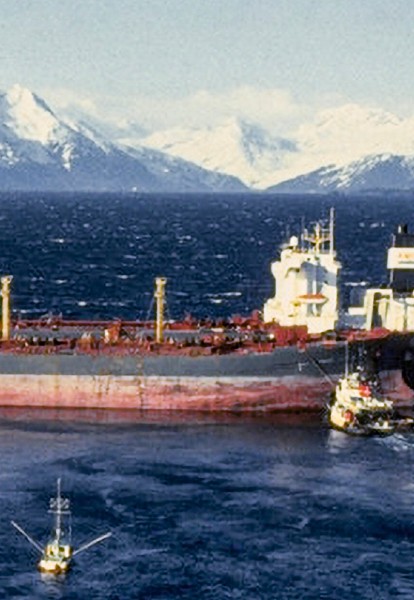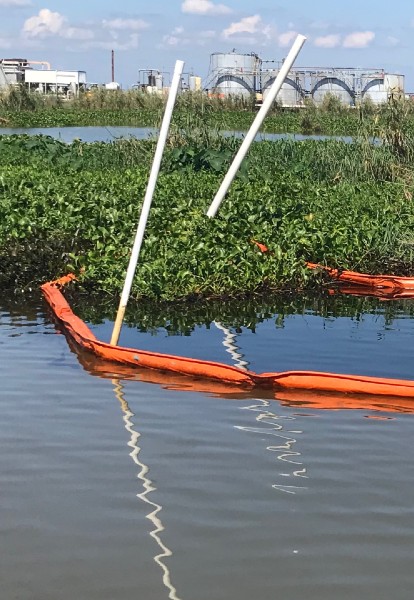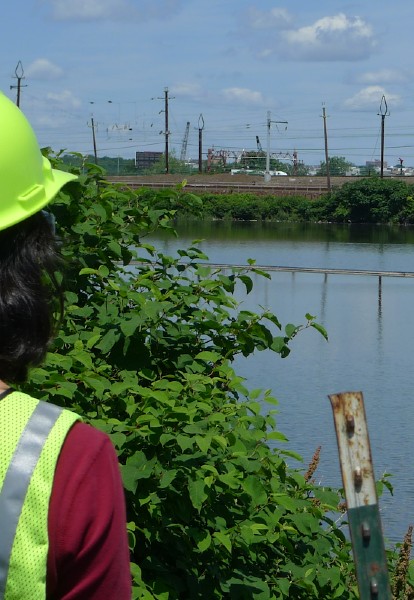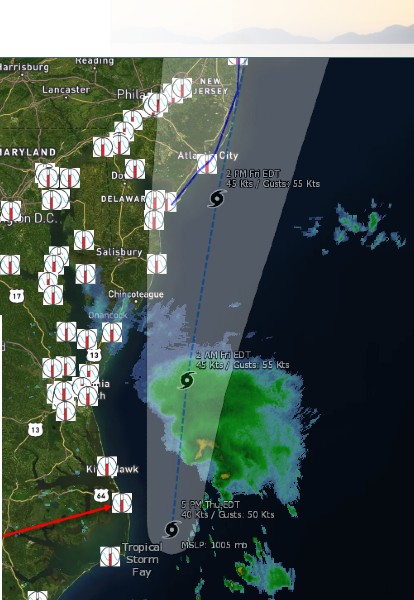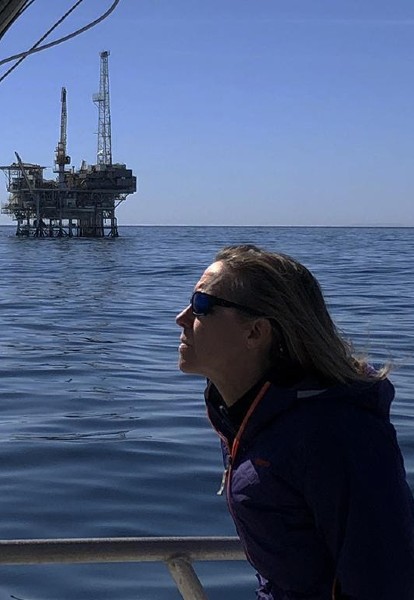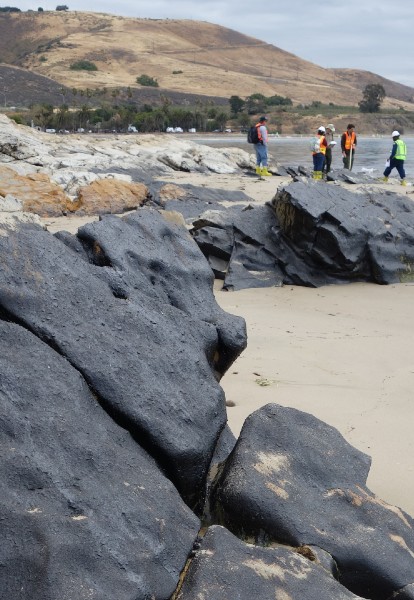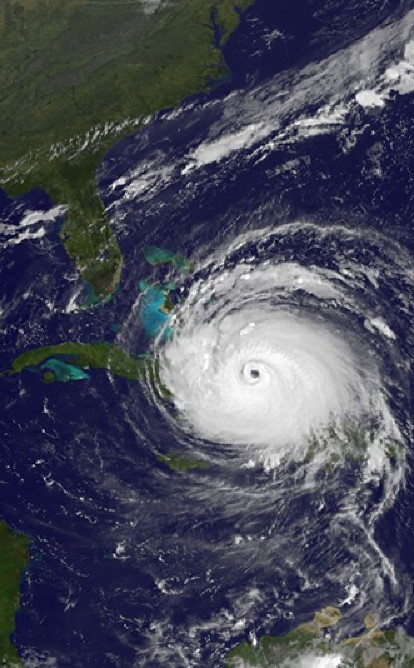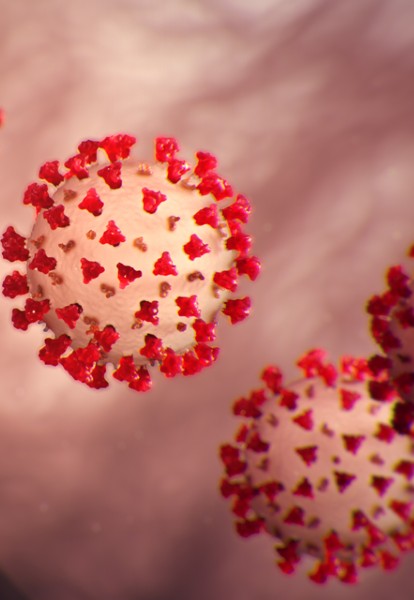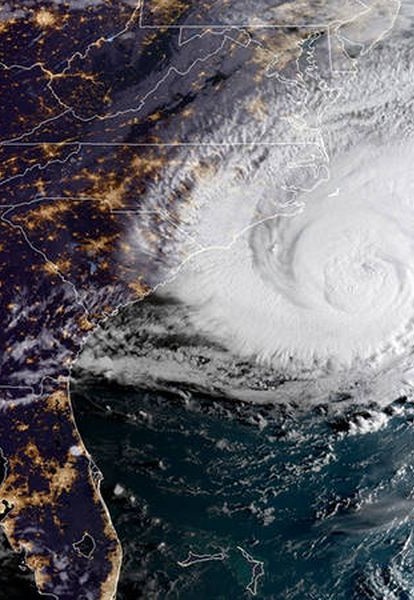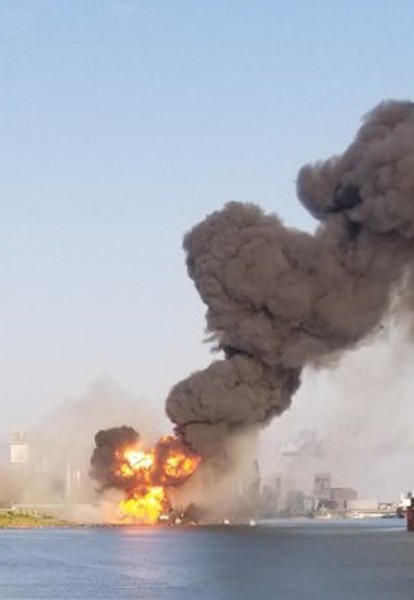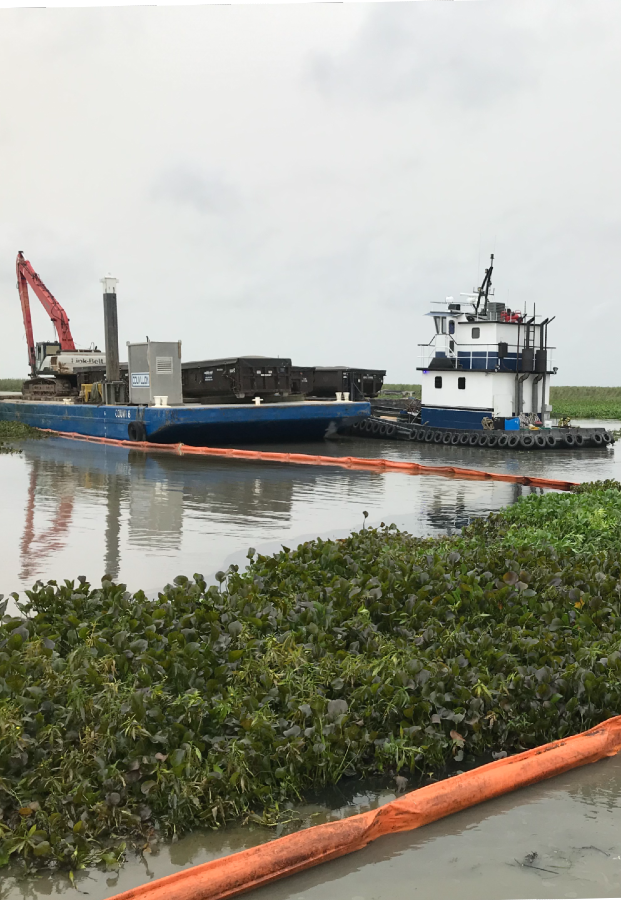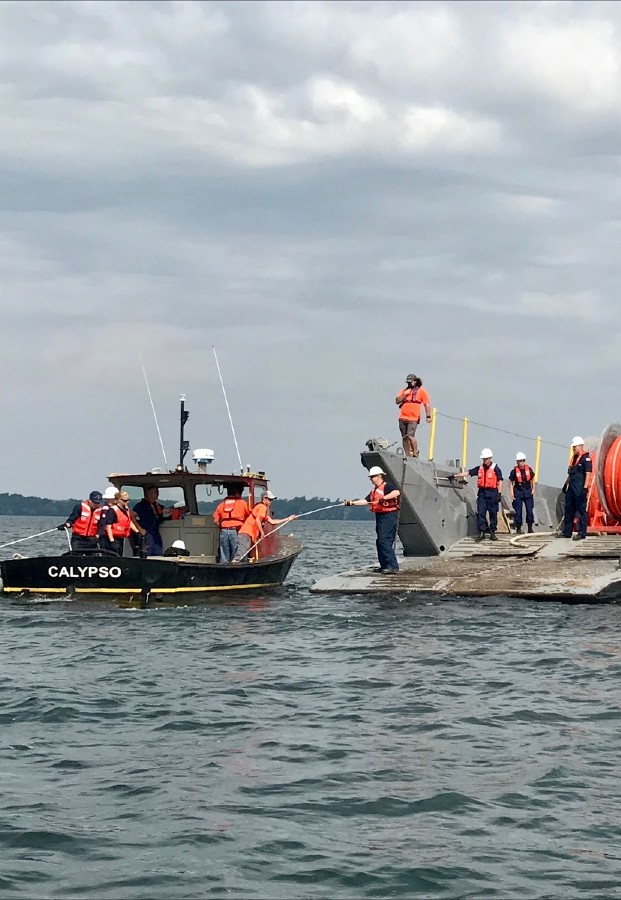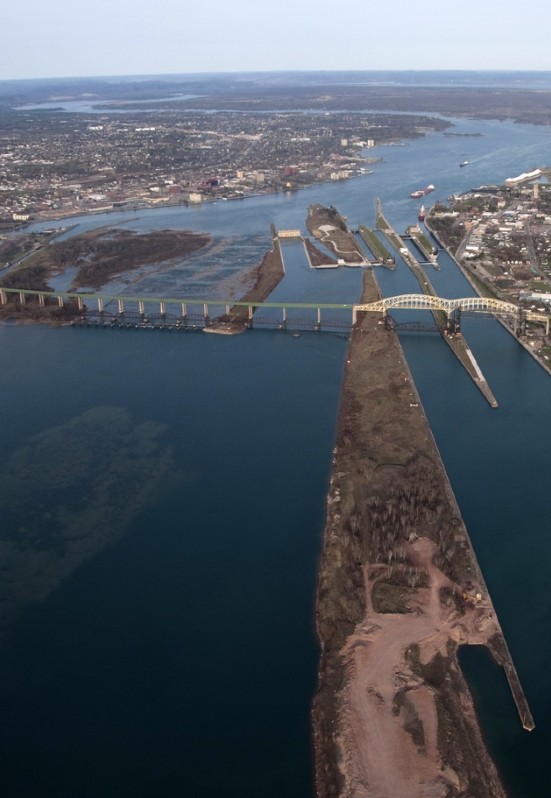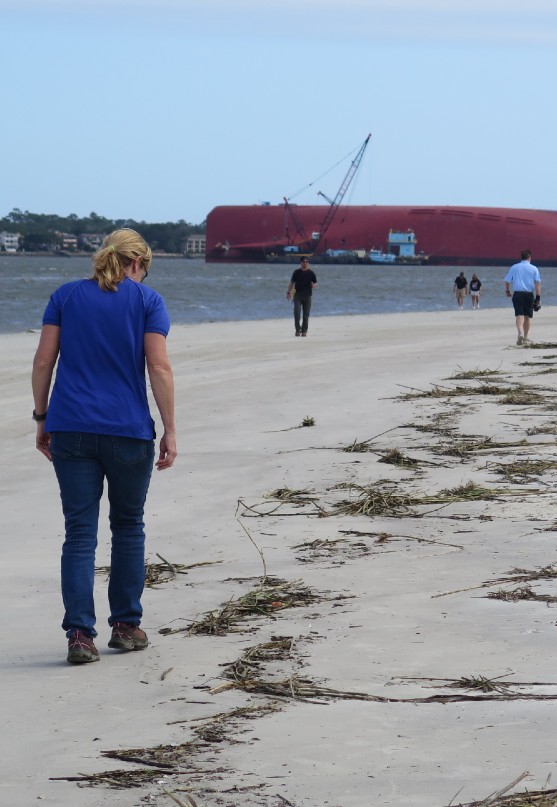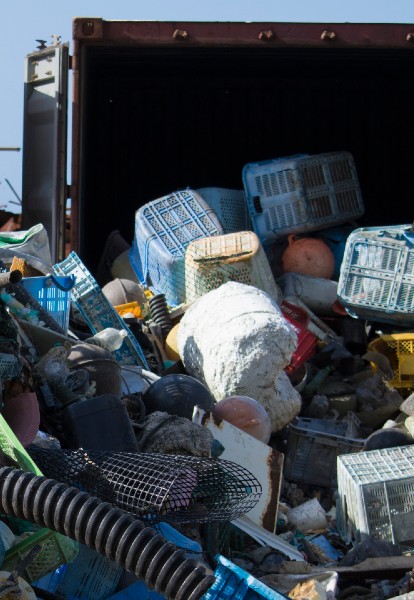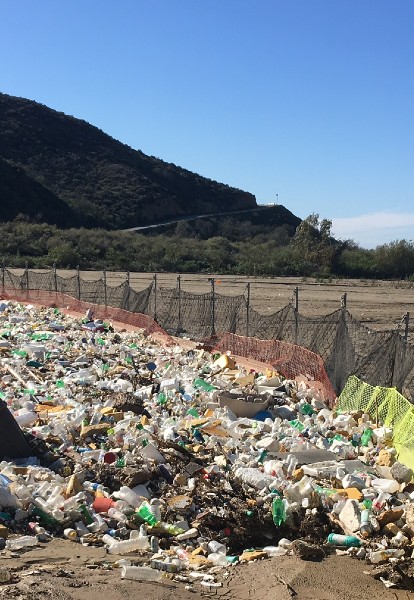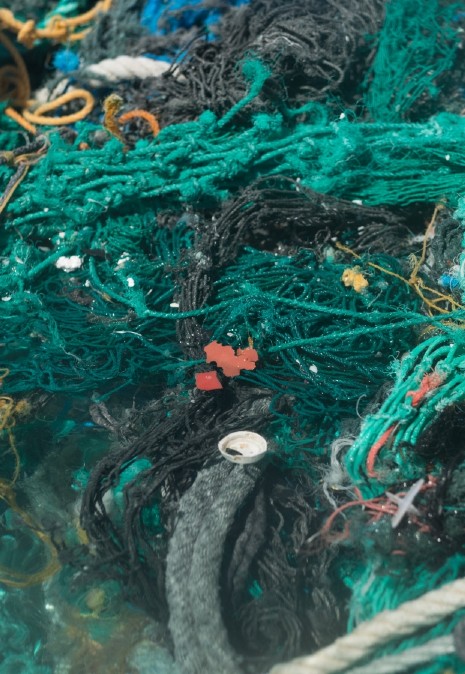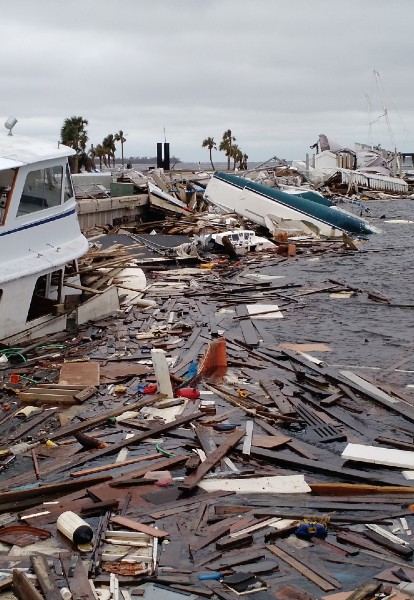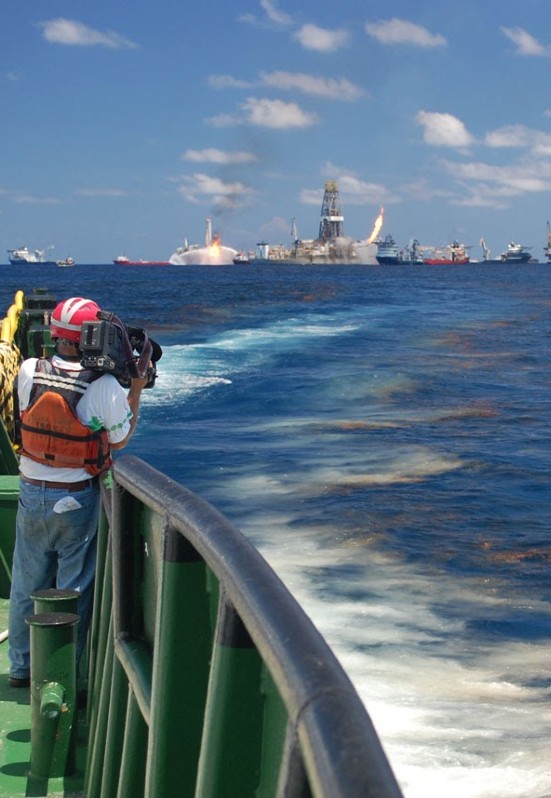On Oct. 16, 2020 a $22.3 million settlement was finalized to restore natural resources injured by the 2015 Refugio Beach oil spill near Santa Barbara, California. The settlement will go toward resolving natural resource damage claims, to restore habitats and wildlife injured by oil, and to compensate the public for lost recreational opportunities. To ensure these restoration projects best benefit communities, economies, and ecosystems. In the spring of 2020, the draft restoration plan was released for public comment and projects will be selected with this public input.
On May 19, 2015 a pipeline owned and operated by Plains All American Pipeline ruptured near Refugio State Beach, spilling over 120,000 gallons of crude oil on land. Approximately 50,000 gallons of this crude oil ran down a storm drain, into a ravine under the freeway, and spilled into the ocean. The spill impacted wildlife including brown pelicans, common murres, Pacific loons, and snowy plovers, marine mammals including California sea lions and dolphins, as well as shorelines and underwater habitats. The incident also shut down fisheries, closed multiple beaches, and prevented public recreation like camping, recreational fishing, and beach visits. This settlement marks a major accomplishment for communities, economies, and natural resources impacted by the spill.
 An official website of the United States government. Here's how you know we're official.
An official website of the United States government. Here's how you know we're official.


